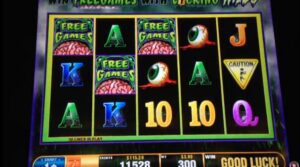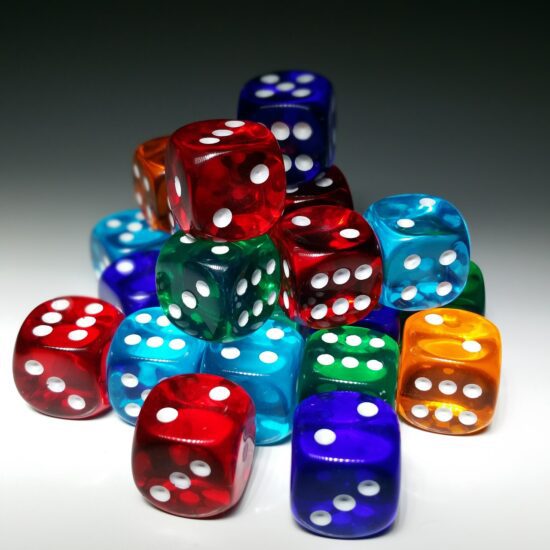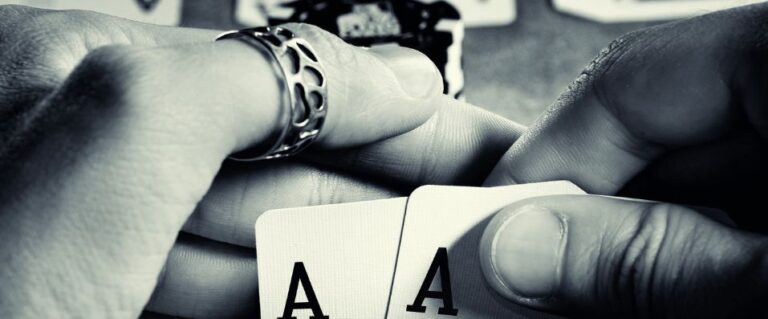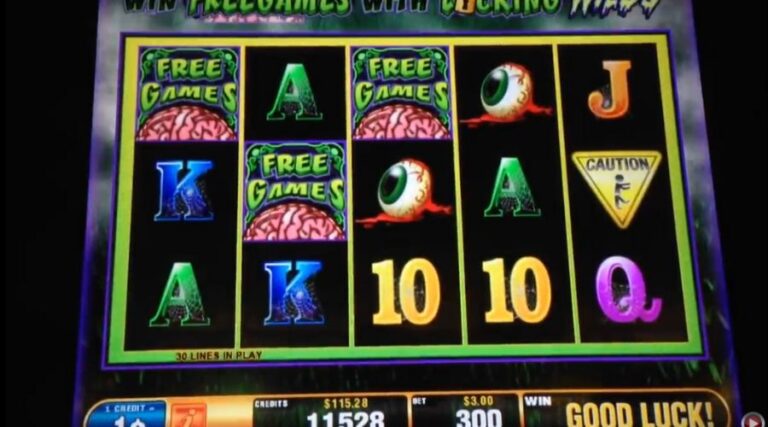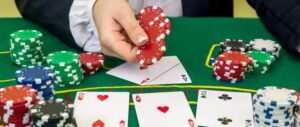Il lancio dei dadi segna uno dei momenti più drammatici del gioco d'azzardo - il lancio del come out in craps.
Introduzione ai Dadi
In mezzo a un mare di scommesse complesse sparse per il layout del feltro, il Pass Line La scommessa costituisce la base della strategia di ogni tiratore. Ha un basso margine della casa di appena 1,41% e regole semplici che possono essere seguite sia dai nuovi giocatori che da quelli più esperti, il che la rende il modo più semplice per partecipare all'azione frenetica intorno al tavolo.
Contesto Storico
craps si è evoluto dal gioco di azzardo inglese del 19° secolo fino a diventare il gioco da casinò in rapida evoluzione che conosciamo oggi, con la scommessa Pass Line ancora al centro.
Nei moderni casinò, spesso vengono utilizzati più tavoli da craps contemporaneamente e gli addetti ai lavori stimano che circa il 60-70% di tutte le puntate venga piazzato sulla Pass Line. I casinò regolamentati seguono regole rigide e layout standardizzati, il che significa che l'esperienza è coerente sia che ci si trovi a Las Vegas, a Londra o a Macao.
Il Pass Line La sezione è posizionata in modo evidente nella parte anteriore dell'area riservata ai giocatori, sottolineandone l'importanza. I principali marchi di casinò come Bally’s E Hollywood Casino nelle loro guide ufficiali presentano questa puntata come punto di ingresso al gioco.
Comprendere le Meccaniche della Pass Line
La scommessa Pass Line inizia con il tiro di uscita - il primo tiro di un nuovo round. Tutte le puntate devono essere piazzate prima che il tiratore rilasci i dadi.
Al momento del lancio, sono possibili tre risultati: una vincita naturale con un 7 o un 11; una perdita immediata con un 2, un 3 o un 12 (noto come "craps"); oppure un "punto" se viene tirato uno qualsiasi dei numeri 4, 5, 6, 8, 9 o 10.
Una volta stabilito un punto, l'obiettivo è che il tiratore lanci di nuovo lo stesso numero prima di lanciare un 7. La semplicità di questa scommessa la rende ideale per i principianti, ma la suspense durante i giri di punti piace anche ai giocatori più esperti. I dati del settore suggeriscono che circa 60% di punti vengono realizzati prima che appaia un 7.
Vantaggio della casa e quote
Le scommesse Pass Line pagano alla pari (1:1), quindi una puntata di 10 sterline restituisce 10 sterline più la puntata originale. Dietro questa semplicità c'è un margine della casa di soli 1,41% - il che significa che il casinò si aspetta di trattenere 1,41 sterline per ogni 100 sterline scommesse nel tempo. Si tratta di un margine di gran lunga inferiore a quello di 5-15% tipico dei giochi d'azzardo. Slot machine e meglio del 2% o giù di lì di molti giochi di blackjack.
Per questo motivo molti giocatori basano la loro intera strategia di craps sulla Pass Line, aggiungendo spesso la puntata "free odds" per ridurre ulteriormente il vantaggio della casa. Sistemi come il 3-Point Molly costruite sulla linea Pass combinandola con le scommesse Come per una maggiore azione.
Nonostante le quote favorevoli, la varianza può comunque causare strisce di perdita. Gli esperti raccomandano di puntare almeno 10 volte la propria puntata media per un'intera sessione, in modo da gestire comodamente le oscillazioni.
L'atmosfera intorno a un tavolo di dadi affollato, con più di un'ora e mezza di gioco. Scommettitori Pass Line Il fascino del gioco risiede anche nel tifo per il tiratore. Anche se la scommessa è favorevole ai giocatori, il numero di puntate effettuate ogni ora garantisce comunque un forte guadagno per i casinò.
Analisi esperta
Il matematico del gioco Michael Shackleford calcola il margine della casa della Pass Line esattamente a 1,41%. Sebbene nessuna scommessa di casinò con denaro pari sia veramente "equa", questa ci si avvicina molto.
I dealer spesso consigliano ai nuovi arrivati di padroneggiare la Pass Line prima di esplorare scommesse laterali più complesse. "La padronanza della Pass Line fornisce ai giocatori una solida base", afferma il dealer di Las Vegas Marcus Johnson. "È la porta d'ingresso per divertirsi con i dadi senza farsi sopraffare".
La Pass Line rimane una caratteristica di ogni variante di craps dal vivo e digitale. Le versioni online conservano le meccaniche classiche, aggiungendo però comodità come i pagamenti automatici e il monitoraggio delle puntate.
La tecnologia può migliorare l'esperienza, ma i fondamenti non sono cambiati: quote forti, regole semplici e l'emozione condivisa di inseguire il punto fanno sì che la Pass Line rimanga il cuore del gioco. Che si tratti di uno sfarzoso resort o di un piccolo locale, questa scommessa continuerà ad attirare i giocatori al tavolo dei dadi per gli anni a venire.


